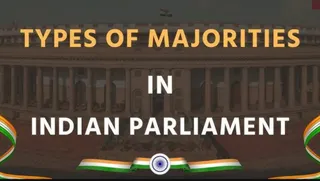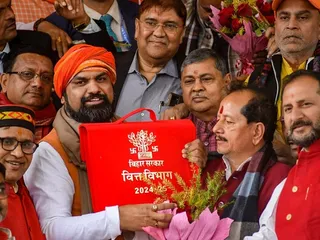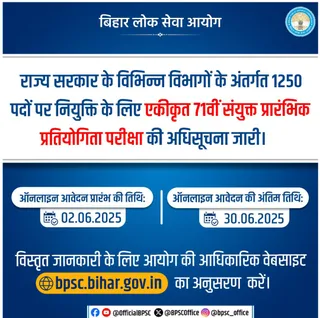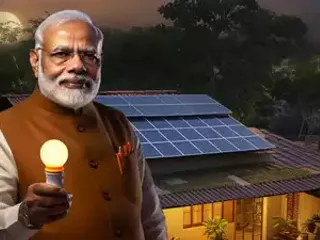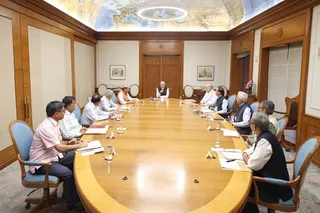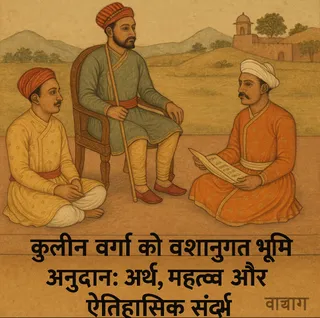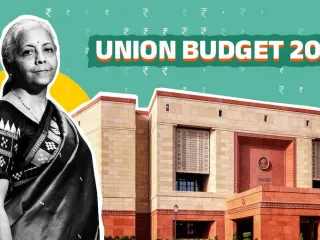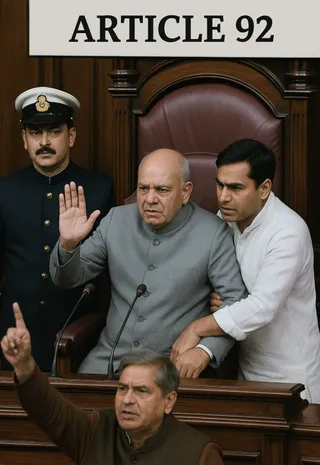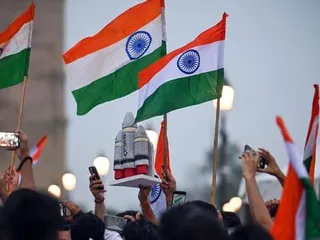Article 3 of the Indian Constitution deals with the power of Parliament to alter the boundaries of states, create new states, and change their names. This article is a crucial element of India's federal structure, allowing for adjustments to the territorial composition of the country to meet changing needs and circumstances.
Key Provisions of Article 3:
- Parliament's Power: Article 3 explicitly grants the Parliament (the Union Legislature) the power to form new states, increase or diminish the area of any state, alter the boundaries of any state, and alter the name of any state.
- Limitations: While Parliament possesses extensive power, it's not absolute. Any such alterations require compliance with certain procedures laid down by the Constitution. The Parliament cannot create or alter a state without the consent of the concerned state's legislature.
- Amendment Procedure: Amendments to Article 3 necessitate a special majority in Parliament. This demonstrates the importance attached to changes in the state's territorial composition.
- Historical Context: Article 3 has been invoked several times in the history of India for reorganising states, often based on linguistic or administrative considerations. Examples include the creation of various states through the States Reorganisation Acts.
Significance of Article 3:
Article 3 reflects the dynamic nature of India's federal system. It allows for adaptation and adjustment in the face of evolving socio-political realities. The power vested in Parliament ensures uniformity in administering this process. However, the importance of respecting the states' concerns is equally clear from the constitutional safeguards.
For more detailed information, you can consult the official website of the Constitutional Law of India. Note that this link points to a PDF of the entire Constitution and may require some navigation to specifically locate Article 3.







